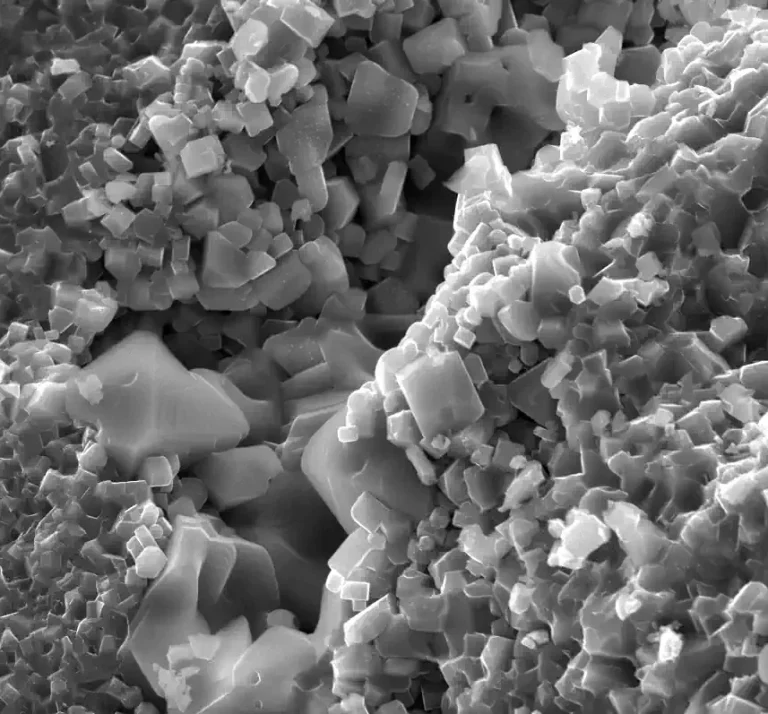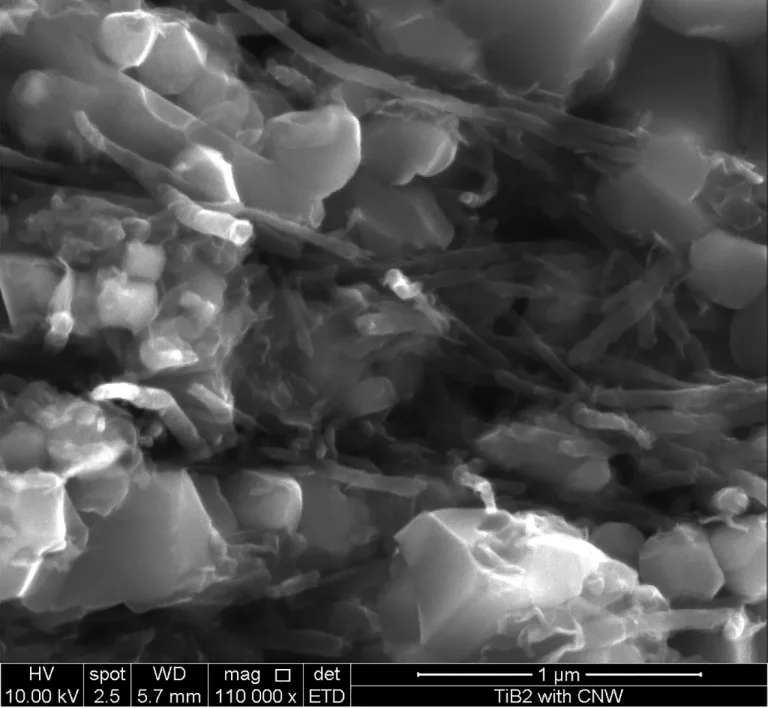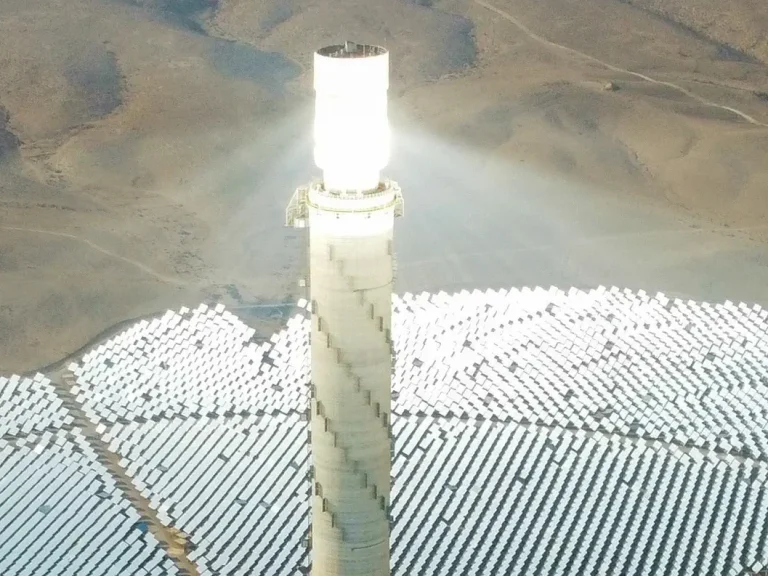Material is not a matter of chance
but a matter of choice
We sintered various Ultra High Temperature Ceramics with outstanding engineering properties
We offer a wide variety of ceramic composites. The leading families are:
1. Silicon carbide with boron nitride
2. Titanium boride with carbon
3. Titanium boride with boron nitride
4. Titanium boride with silicon carbide and graphene
5. Zirconium boride with carbon
6. Zirconium boride with boron nitride and carbon
7. Zirconium boride with silicon carbide and carbon nanotubes (CNT)
8. Alumina with boron nitride
As the data below shows, we have high crack-resistance ceramics, full-density ceramics, high thermal conductivity ceramics, and ablation-resistant ceramicss ceramics, ceramics with high crack resistance, nonporous that ceramics, machinable ceramics, and biocompatible ceramics


Ceramic composite properties
Ceramic application areas
- Materials for hypersonic vehicles
- High-temperature parts for gas turbines and internal combustion engines
- Machined parts (screws, nuts, other complex-shape details) to function at temperatures up to 2000 °C
- Electrical heaters up to 1900 °C
- Biocompatible prosthetics
- High-temp insulators
- High-temperature electrical conductors
- Heat exchangers
- Light absorbers for concentrated solar energy plants
- Probes for high-temperature measurement systems


Machinable Ultra High Temperature Ceramics (UHTC)
Have you ever seen a nut that can be used at 1800 °C? Look on the left: it is a nut manufactured from ultra-high-temperature ceramic being ablated in our equipment.
Comprising of ZrB2-C-BN, HfB2-C-BN, or the high-entropy TiZrHfNbVTaB12-C, they are easily the best machinable refractories ever produced.
Could they be of advancement to your products?
And this is how we test our ultra-high-temperature ceramics (UHTCs)

Tough and machinable biocompatible ceramic composite
We developed and manufactured unique Al2O3-BN biocompatible composites for lifetime-long bone prosthetics. The ceramic is a machinable material with exceptional chemical stability.
Oleksii Popov, Vladimir Vishnyakov, Leigh Fleming, Maxim Podgurskiy and Liam Blunt. Reaction sintering of biocompatible Al2O3-hBN ceramics. ACS Omega 2022, 7, 2, 2205–2209. https://pubs.acs.org/doi/10.1021/acsomega.1c05749
Let us manufacture a better World together!

Dense Al2O3 – 23%BN machinable ceramic for new-generation bone prosthetics can be reactively sintered from AlN-B2O3 precursors.
The densification (H – the sample height) kinetics for reactive (R3) and non-reactive (NR) samples alongside the process temperature (the blue line) is presented.

Single-stage reaction hot pressing route for
dense refractory
high entropy
TiZrHfVNbTaB12-C
ceramic composite
Scientists and engineers of Inomorph Ltd developed a reaction-assisted sintering approach to manufacturing of novel refractory ceramic composite TiZrHfVNbTaB12-C. The sintered material belongs to the class of Ultra-High-Temperature Ceramics (UHTCs). The composite was manufactured by hot pressing transition metal carbides and B4C at 1950 °С and 30 MPa for 8 min in a graphite die within an argon atmosphere. The ceramic demonstrated 98% density. X-Ray Diffraction (XRD) and Scanning Electron Microscopy (SEM) revealed a single multimetal boride phase with AlB2-type (hexagonal, P6/mmm) structure and carbon inclusions. It is thought that the high concentrations of transition metals lead to high configurational entropy effects and this produces a single boride phase. On those grounds, the material belongs to the class of High Entropy Ceramics (HECs). The composite Vickers’ hardness HV was 12 ± 1 GPa, and indentation toughness K1C was 4.3 ± 0.3 MPa·m1/2.

Carbon nanotubes in TiB2-SiC UHTCs matrix
O. Popov, J. Vleugels, A. Huseynov, V. Vishnyakov. Reactive sintering of TiB2-SiC-CNT ceramics // Ceramics International. Volume 45, Issue 17, Part B, 2019, Pages 22769-22774. https://doi.org/10.1016/j.ceramint.2019.07.317
Tough Ultra High Temperature ceramics with CNTs and Graphene
The reactive sintering approach we developed to manufacture our ceramics allows us to introduce carbon nanotubes and graphene into TiB2-SiC and ZrB2-SiC UHTCs.
Improved toughness (K1c of up to 9 MPa·m1/2), high thermal shock resistance, and thermal conductivity. The lowered sintering parameters allow industrial manufacturing of the developed UHTCs for thermal protection of hypersonic vehicles and effective light absorption for green energy generation.
Super hard high entropy composites (HEC) for high temperature mechanical testing
One of the advantages of new high entropy ceramics is their capability to maintain hardness at elevated temperatures. If you want to test hardness at 1200 °C, then our TiZrHfNbB8-SiC composites are the best choice!


UHTC composite materials as solar light absorbers for future green energy systems.
A light absorber is a critical element of a solar tower. If we could only make it work at 1800 °C, we would directly decompose water into hydrogen and oxygen. That would be green energy, indeed! Unfortunately, this remains a beautiful dream. There is no material which is simultaneously (i) resistant to oxidation to survive at 1800 °C for at least months, (ii) resistant to thermal shock to tolerate constant temperature variations, (iii) robust to make it possible to create extensive details for efficient solar power stations. The only possible way is to make ultra-high-temperature ceramics cheap and thermal-shock-resistant. And we work hard to create such ceramics. (https://doi.org/10.1016/j.ceramint.2022.03.053).



Need to choose a suitable material?
We can provide international-level expertise.
We can also offer unique materials and manufacturing methods to bring your products to the frontiers of technology
Contact us to learn more about our ceramics

We need your consent to load the translations
We use a third-party service to translate the website content that may collect data about your activity. Please review the details in the privacy policy and accept the service to view the translations.

